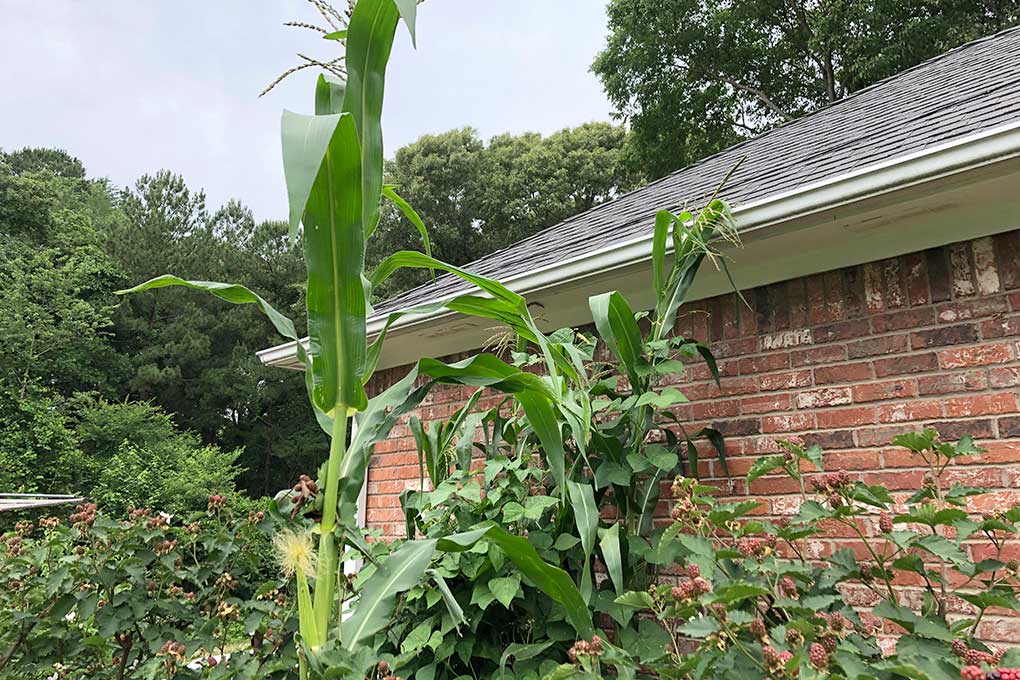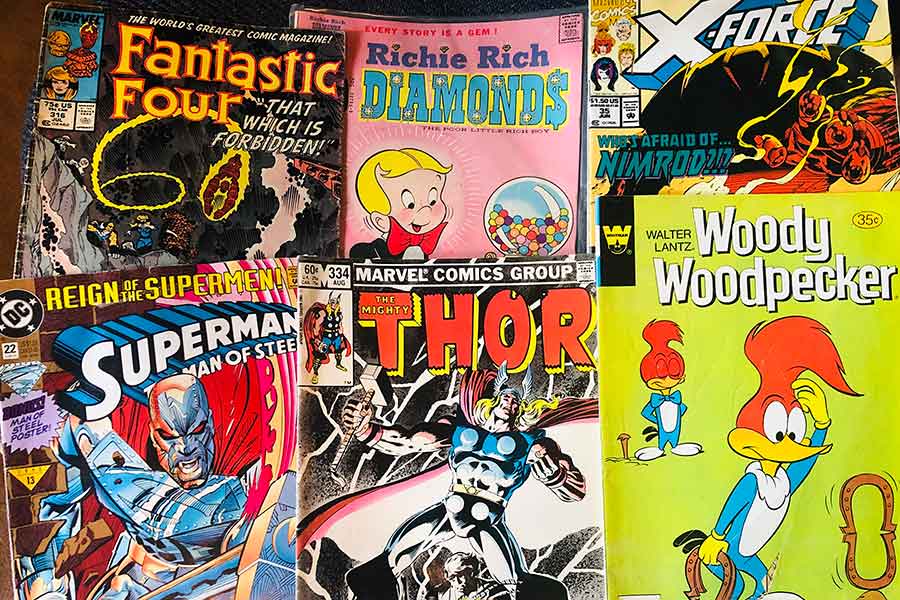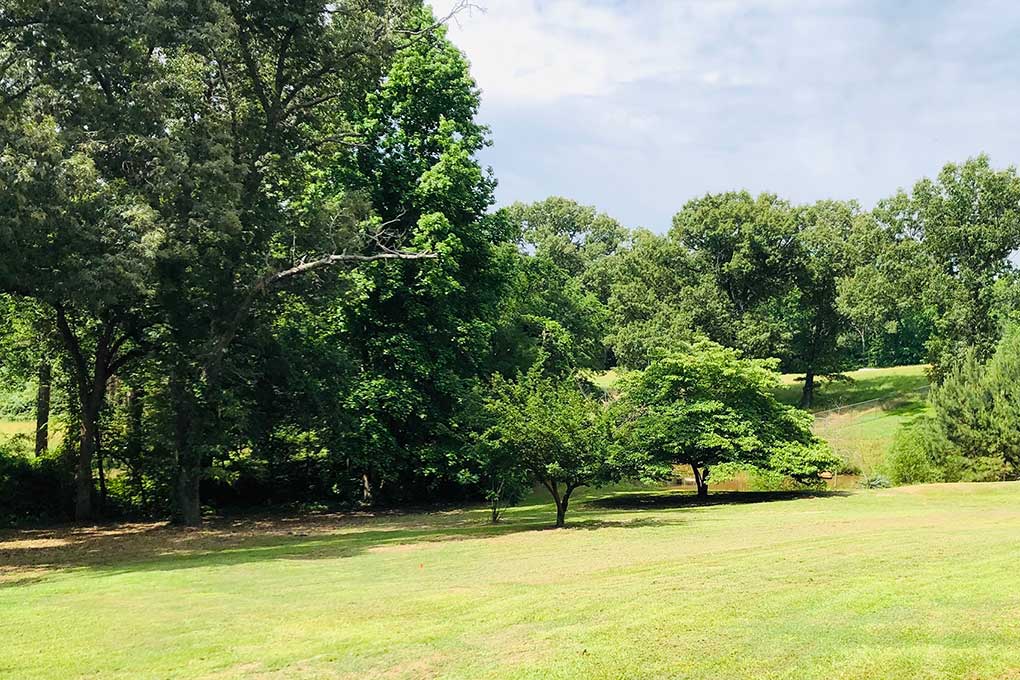I’m not sure how a tomato became the symbol of sewing in the South, but it did. My mom, and every other mom I knew in Ashdown, Arkansas, had a pincushion in the shape of a tomato.
Many of those pincushions are still around.
Judging from the workload that women endured at the time, it seems that each lady would have been well within their right to use a voodoo doll instead, but no, it was a tomato.
When I was very young, many of my clothes were homemade. You couldn’t convince a kid at the time that homemade was better when kids all around us were showing off their “store-bought” clothes.
Shirts, pants, and even jackets, were more desirable if they came from the store. Today, anything homemade is not only more desirable; it’s usually far more expensive.
My, how things change.
I ran across a treadle sewing machine (which uses no electricity and is operated by foot) someone was selling. I asked my wife if she’d ever used one. She said she had, but that they took some getting used to.
But that seems to be true even for the electric sewing machines that became common in the 50s and 60s. A little over 40 years ago, my wife bought a sewing machine from Germany that is programmable.
Pretty high falootin’ stuff for the time. Even though it has the capability to make some intricate designs, my wife said she rarely used the machine to even a fraction of its ability.
About five years ago, she bought an even fancier sewing machine that does even more things. I haven’t asked her how much she uses the bells and whistles on it.
But one thing she does still have and does still use is her tomato pincushion. Even though she’s repeatedly told me that she doesn’t need the straight pins that come out of new shirts and other clothes, I still collect them all and stick them in the tomato.
It was so ingrained in me as a kid, I just can’t help myself.
Even if a pin was bent, we straightened it as best we could and saved it. Things, even pins, cost money and reusing items made a difference. At least, that’s what I was taught by family members who’d lived through the Depression.
My grandfather talked of straightening used nails for reuse. Maybe that’s where the straightening pins thing came from.
When I got into high school, I should have taken home ec. But that was during a time when girls learned one set of skills, and guys learned another.
I could have greatly benefited from learning more about how to cook, bake, and sew. My mom showed me the basics of cooking and how to sew on a button.
But an extensive understanding of running a household, which I later taught myself, would have had far more of an earlier impact had society not viewed those skills as being just for girls. Which included sewing.
I took typing in high school, which at the time was also viewed as something primarily for girls, and it turned out to be the best thing I ever did.
I’m a writer, so being able to type over 100 words a minute has served pretty me well.
The same would likely have been the case had I known how to sew. I dropped off a jacket to have it repaired because my wife is busy, and I don’t know how to fix it.
According to a friend of mine, these days, very few people know how to fix my jacket.
Home EC isn’t offered much anymore, and store-bought clothes have been the norm rather than the exception for decades.
A few years ago, I went to blacksmithing school. My grandfather and great grandfather were blacksmiths and I grew up in a shop learning that trade. I went to school as a refresher.
Knowing how to make something not only saves you money, it gives you a great sense of self-reliance. Something that’s lacking anymore.
The junior college offers continuing education courses. Maybe they offer one on sewing. If I learn how to sew, I could repair any damage I do to my clothes while blacksmithing.
Then all I’d need would be a tomato.
By John Moore
















0 Comments